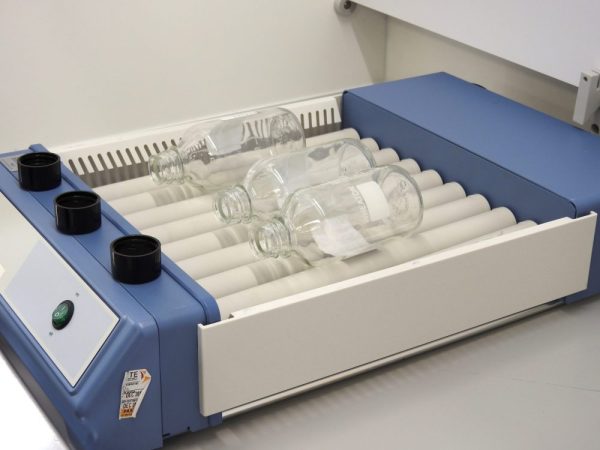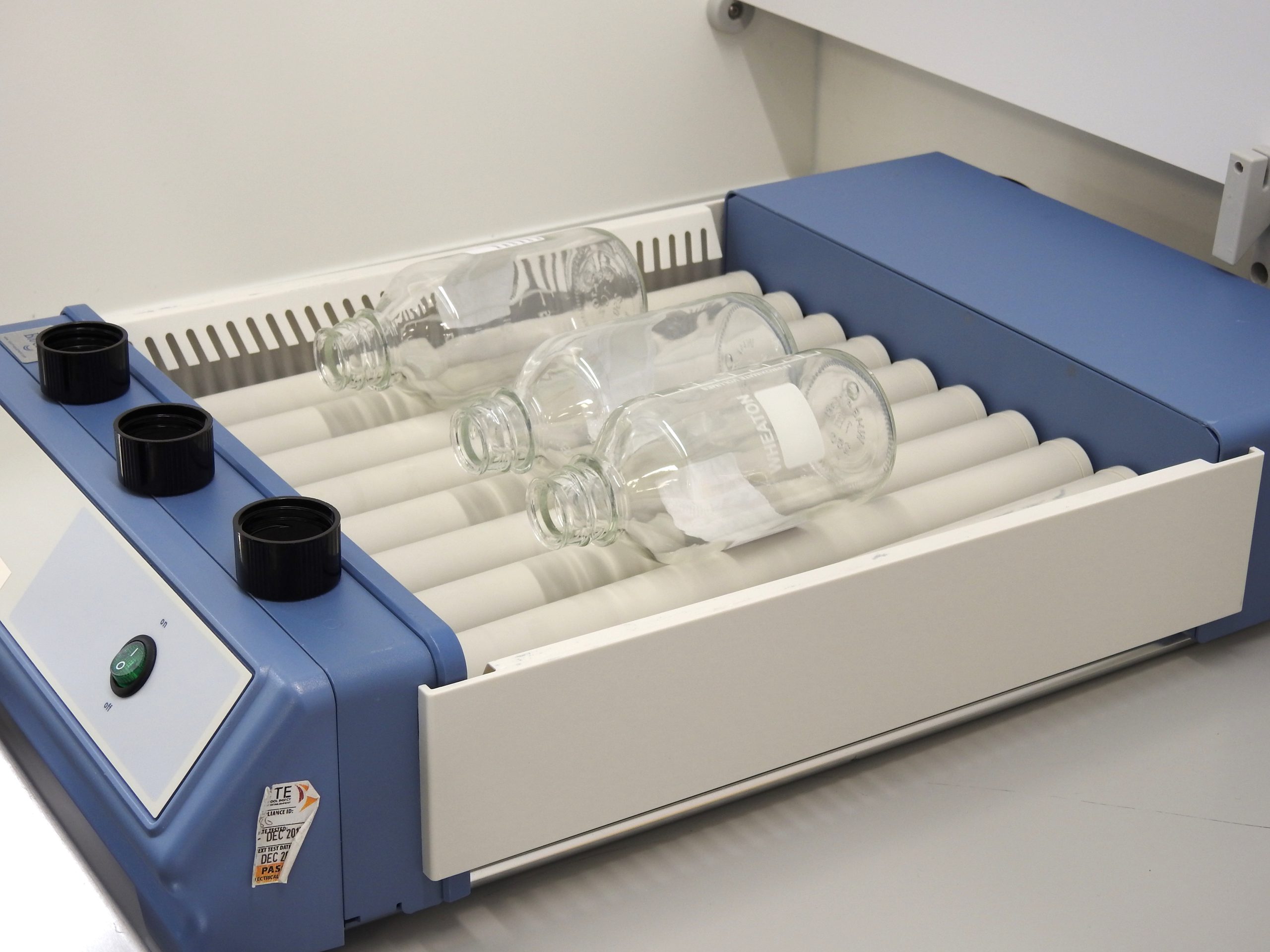All
Latest News
A new WHO bottle bioassay method to assess the susceptibility of mosquito vectors to public health insecticides

A multi-centre study involving 21 laboratories established new discriminating concentrations (DCs) and confirmed their suitability for a wider range of species, contributing to the 2022 Manual for monitoring insecticide resistance in mosquito vectors and selecting appropriate interventions. During the course of this study, the WHO bottle bioassay method was developed and validated as a means to expose mosquitoes and measure their susceptibility to new chemistries which are not suited to application to filter papers for WHO cylinder assays.
Data was generated on the susceptibility of about 200,000 mosquitoes from seven species to seven public health insecticides in glass bottle assays in the course of establishing DCs, the largest susceptibility dataset ever produced on mosquitoes. This dataset was analysed using a Bayesian binomial model to determine the concentration–response curves for each insecticide–species combination and to assess the within-bioassay variability in the susceptibility endpoints. Overall, the mean within-bioassay variability in mortality and oviposition inhibition were < 10% for most mosquito species-insecticide combinations, though generally greater for transfluthrin and flupyradifurone.
These findings, published in Parasites & Vectors by authors including Rosemary Lees and Giorgio Praulins of the I2I Methods group, demonstrate the suitability of the WHO bottle bioassay for evaluating mosquito susceptibility to public health insecticides currently deployed for vector control. The bottle bioassay and DCs can now be widely used to monitor baseline insecticide susceptibility of wild populations of vectors of malaria and Aedes-borne diseases worldwide.
The publication is available to download from the I2I Resources section and Parasites & Vectors.
References: World Health Organization. Manual for monitoring insecticide resistance in mosquito vectors and selecting appropriate interventions. World Health Organization, 2022.
